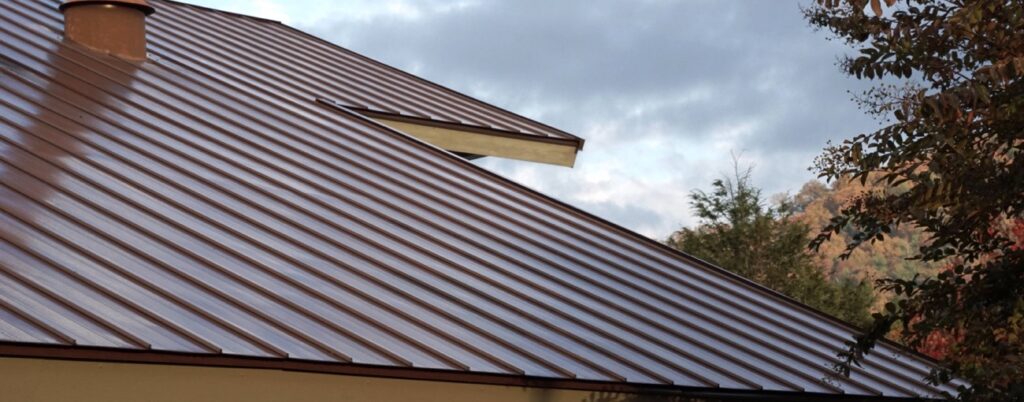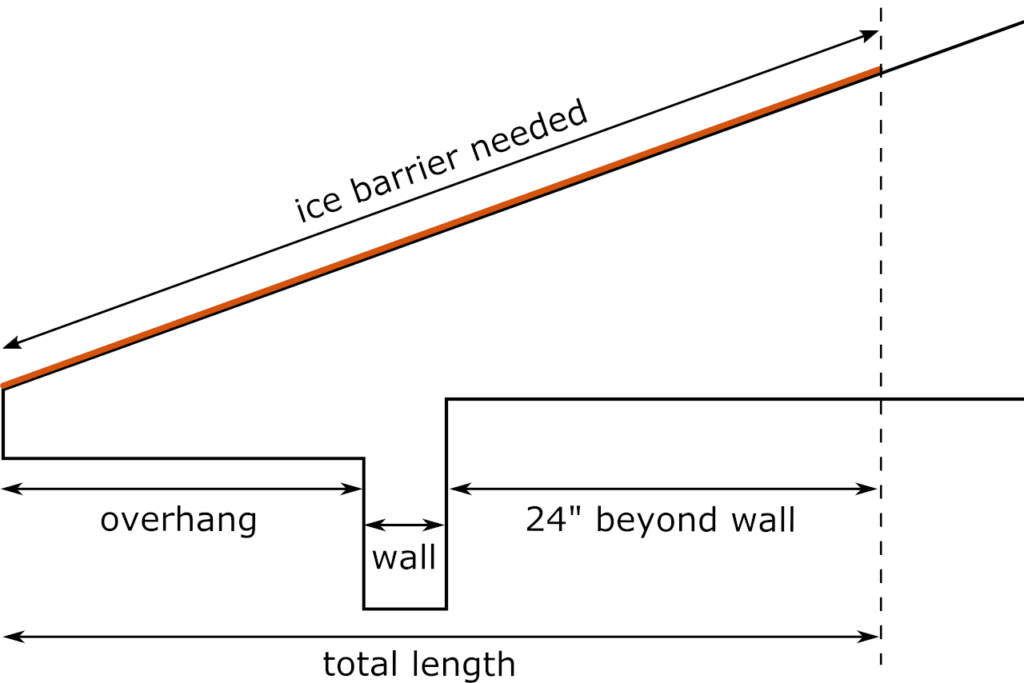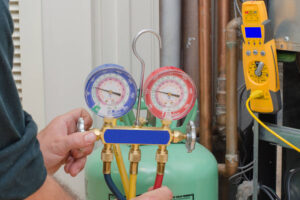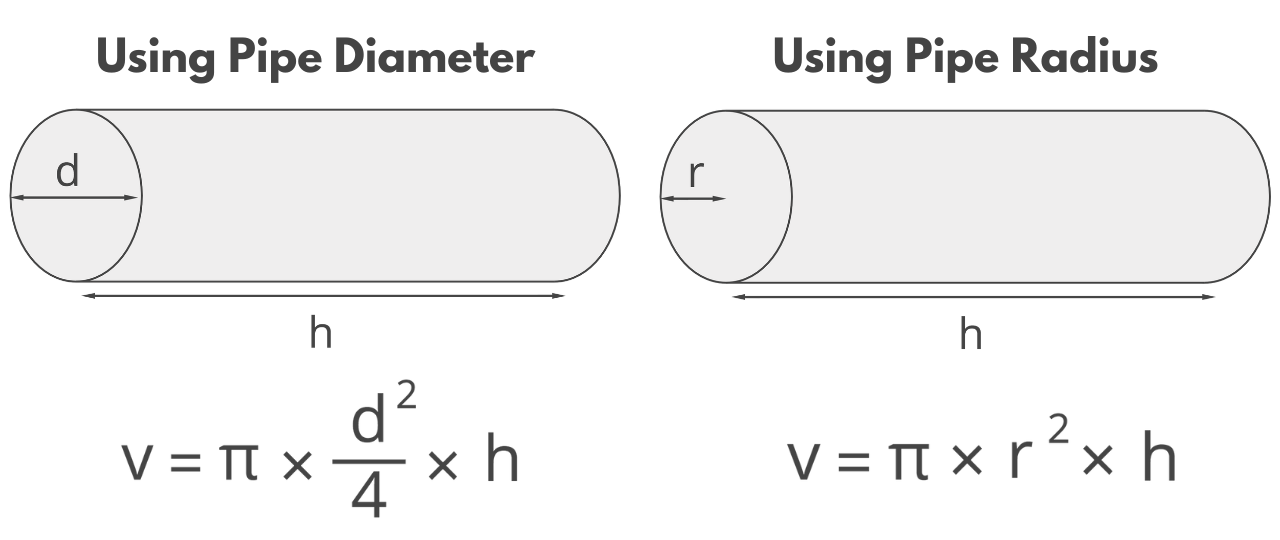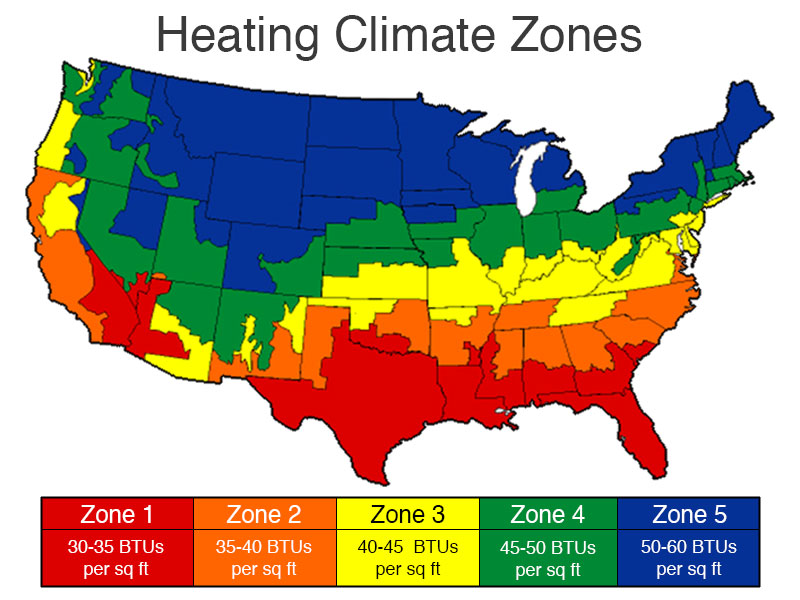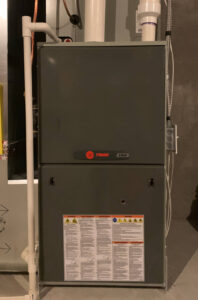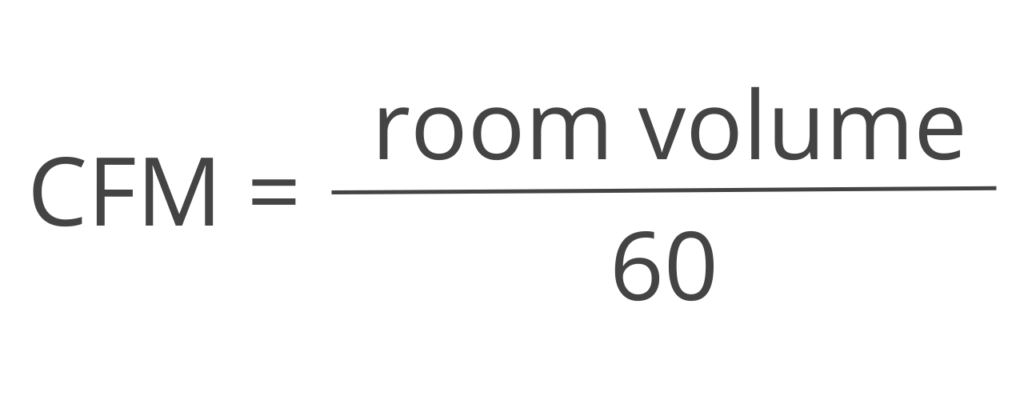Plywood Sheathing Calculator
Estimate how many sheets of 4×8 plywood are needed to sheath a roof, accounting for roof pitch.
-
By
FindPros

FindPros connects consumers with professionals in over 600 different categories.
-
Reviewed by
Jacky L.

FindPros connects consumers with professionals in over 600 different categories.
Plywood Estimate:
Find How Many Sheets of Plywood You Need to Sheath a Roof
Sheathing adds structure and stability to your roof. The sheath is a layer of plywood – usually sheathing or structural plywood – that is applied to the frame of the roof.
It can be made of different materials, from fir and pine to OSB, and gives a stable surface for your roofing to adhere to. All types of sheathing plywood come in sheets that measure 4′ x 8′ nominally.
To find the amount of plywood needed to cover a roof, start by finding the area of the roof. Once the area is known, divide it by the area of a 4×8 sheet to find how much sheathing is needed.

Find the Area of a Roof
Multiply the length of each section of the roof in feet by the width of the section to find the area for that section in square feet. If you have multiple sections of roof, find the area of each and add them together to find the total area.
If your roof is not flat and you cannot climb to the peak to get accurate width measurements, then you can add a multiplier for the pitch of your roof.
Use our roof pitch calculator to find the pitch of your roof or find the pitch multiplier, then multiply the area of the footprint of your roof by the multiplier to find the actual area.
Alternatively, find the area of your roof using our roofing calculator, which can also estimate shingles and material needed for your project.
If your roof has triangles and other shapes, you’ll need to use a calculator to find the square footage.
Keep in mind that different roof shapes will have different square footages, regardless of the home size. A hipped roof will be nearly twice as large as a gable roof, even if both are on a home of the same square footage.
You will need to get the area of each section of roofing and add them together for the total. This includes dormers, cupolas, valleys, and other architectural features.
For example, if your gable roof is 30 ft by 50 ft on each side, then the area for each side is 1,500 sq ft.
Combined, this makes your roof 3,000 sq ft.
Calculate Sheathing Needed
Once you have the size of the roof area, you can divide it by the area of a sheet of plywood to find the number of sheets needed. A 4×8 sheet of plywood is 32 sq ft. So, dividing the area of the roof by 32 will give you the number of sheets needed.
For example, if your roof is 3,000 sq ft, then it will take 94 sheets of plywood to sheath it.
3,000 ÷ 32 = 93.75 sheets
You’ll need to round up to the nearest whole sheet, so in this case, you’ll need 94 sheets.
It’s usually a good idea to get an extra few sheets of plywood when ordering to allow for waste and off-cuts. Small scraps are often unusable to span joists and effectively cover the roof, so extra material will save extra trips to the hardware store.
